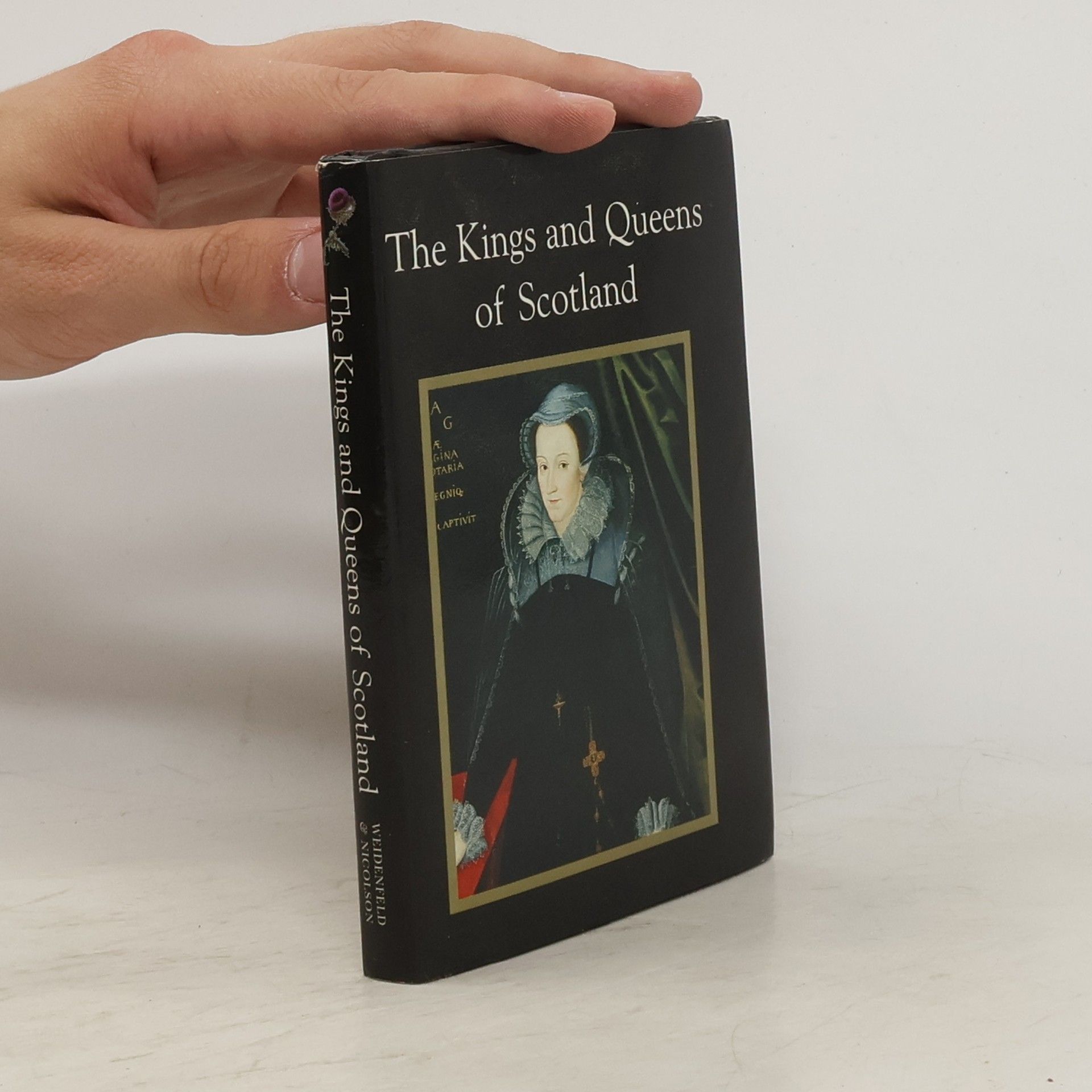Pět dnů
- 304 stránok
- 11 hodin čítania
Nicholas Best vnáša do svojej tvorby bohaté skúsenosti zo života v Keni, Anglicku a Írsku, ako aj z vojenskej služby a novinárskej kariéry. Jeho diela často prenikavo satirizujú vojenské dogmy a byrokratickú neefektivitu, čím si vyslúžili porovnania s klasikmi ako Evelyn Waugh. Best sa zameriava na historické momenty a ich dopad na ľudské osudy, pričom jeho romány aj non-fiction práce oživujú kľúčové udalosti prostredníctvom bystrého pozorovacieho talentu a vyberaného štýlu. Ako bývalý literárny kritik pre Financial Times preukazuje hlboké porozumenie pre umenie rozprávania, ktoré teraz zdieľa s čitateľmi vo svojich pútavých knihách.







Konec dubna 1945. Těla Mussoliniho a jeho milenky visí v Miláně, zatímco dav se posmívá. Adolf Hitler, obávající se podobného osudu, nařizuje spálení svého těla po smrti. Mezi 28. dubnem a 2. květnem 1945 došlo k úmrtí dvou fašistických diktátorů a pádu Berlína, což znamenalo konec šestileté války v Evropě. Tato klíčová období jsou zachycena v kronice, která vychází z osobních svědectví těch, kteří prožívali tyto dramatické dny. Autor, Nicholas Best, čerpá z historických pramenů a citací významných osobností, jako jsou Sofie Lorenová, Simon Wiesenthal a Audrey Hepburnová. Sledujeme fotografku Lee Millerovou dokumentující nacistické zločiny, budoucího papeže Benedikta, který se snaží uniknout trestu za dezerci, a popisy dekadentních orgií v Hitlerově bunkru. Best vytváří přesvědčivou kroniku těchto pěti dní, kdy se Evropa zbavovala nacismu. Příběh je napínavý, brutální i dojímavý a přináší obraz konce vlády Osy, zatímco se spojenecké armády blíží k Berlínu. Kniha obsahuje také osm stran obrazové přílohy.
Eyewitness Accounts from Europe at the End of World War II
From April 28 to May 2, 1945, Fascism lost it death grip on the people as the Allies marched into Germany and Italy and the world learned just how grim things had gotten in Europe. Best shows readers the faces of war by skillfully synthesizing scores of firsthand accounts from notable figures, including Walter Cronkite and Audrey Hepburn.
An ancient mystery explored by an expert using archeology, geology, history and astronomy.
An illustrated miniature book focusing on Celtic Britain's bountiful rural, architectural and horticultural heritage. Illustrations and explanatory captions capture the best of traditional Britain.
One was stabbed to death in an attempted coup. Another was portrayed as a villain in one of Shakespeare's plays. They are among the kings and queens who ruled Scotland over the last nine hundred years. This engaging book reveals the personalities of the Scottish monarchy and notes the landmark events of each reign. Meet Alexander III, who launched a successful bid to recover the Western Isles from the King of Norway, and later married his daughter to the king's son; James V, who often moved among the peasants disguised as a farmer, listening to their opinions and seducing their daughters; and the rest of the royal line. Portraits of the monarchs let you put faces to the stories. 96 pages, 30 color illus., 10 b/w illus., 3 3/4 x 5 1/2.
A striking bird's-eye journey through the most cherished historic landmarks
A beautifully illustrated companion to the Royal family throughout history
Set against the backdrop of World War II, the story revolves around three American soldiers who uncover a hidden tunnel beneath a towering cathedral after a bombing raid. As they delve into the mystery, they embark on an unexpected journey that reveals secrets from the past, intertwining history and adventure. The looming presence of the cathedral's impressive tower adds to the tension and intrigue of their exploration.
The narrative explores the tumultuous conclusion of World War I, highlighting the chaotic collapse of the German Imperial regime amid intense negotiations and military actions. It details the flight of the Kaiser to Holland and the eventual armistice granted to a new German government, marking the cessation of hostilities on November 11. The account emphasizes the staggering human cost of the conflict, noting that 11,000 casualties occurred before the official end of fighting, surpassing the losses of D-Day.